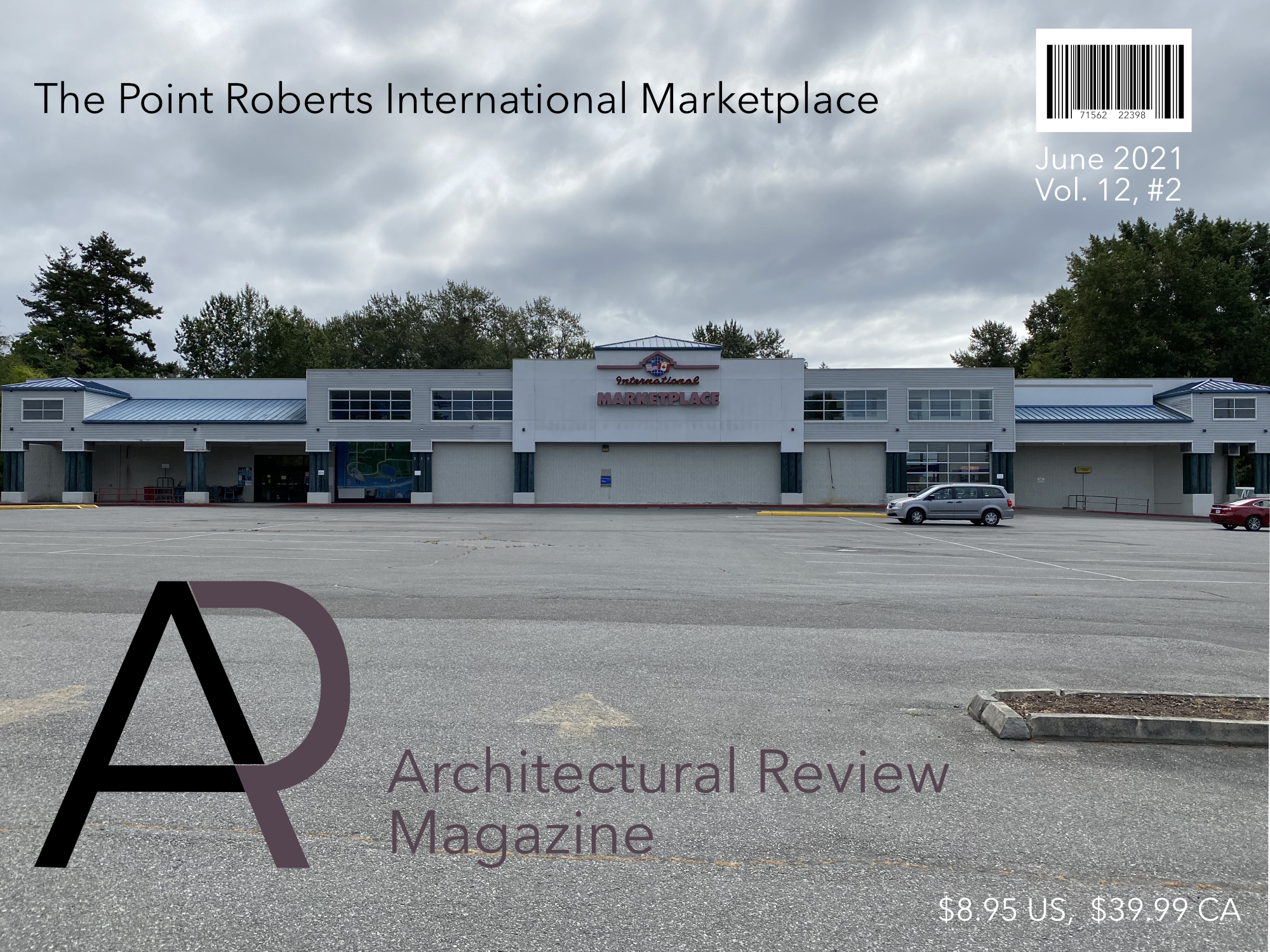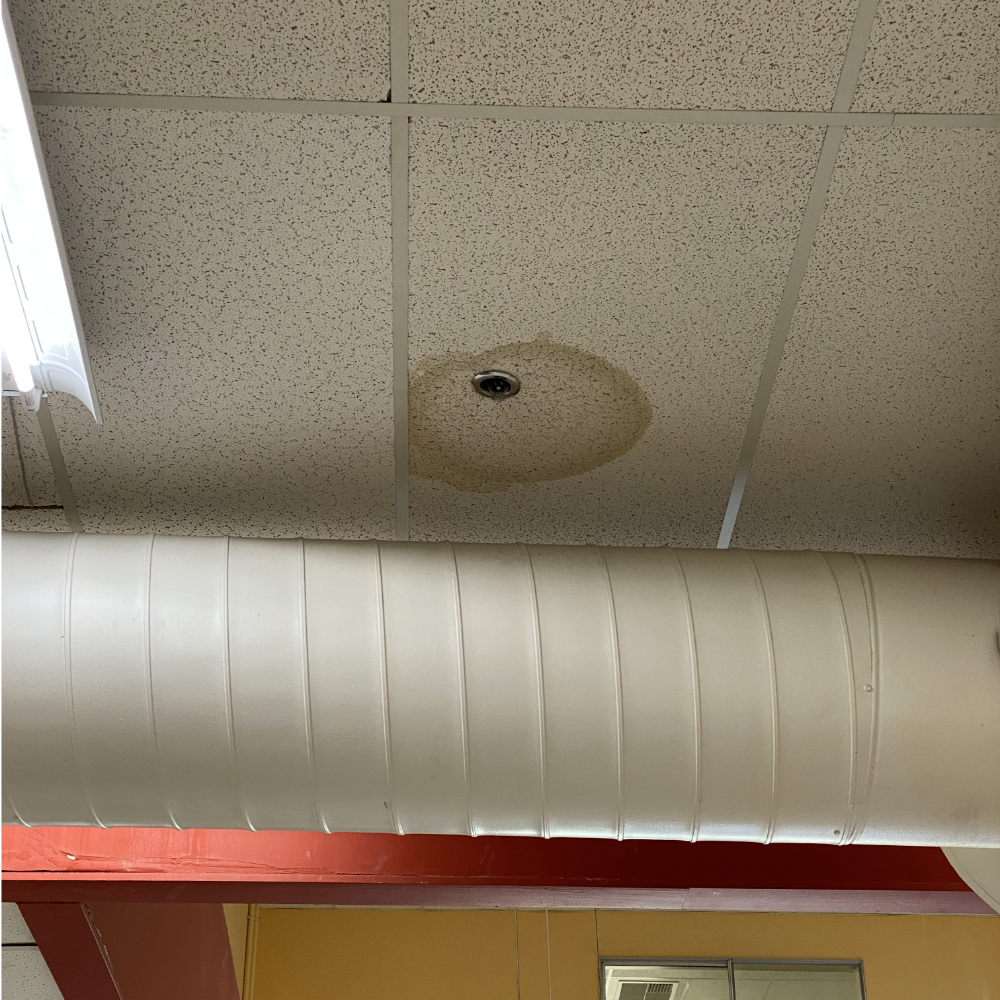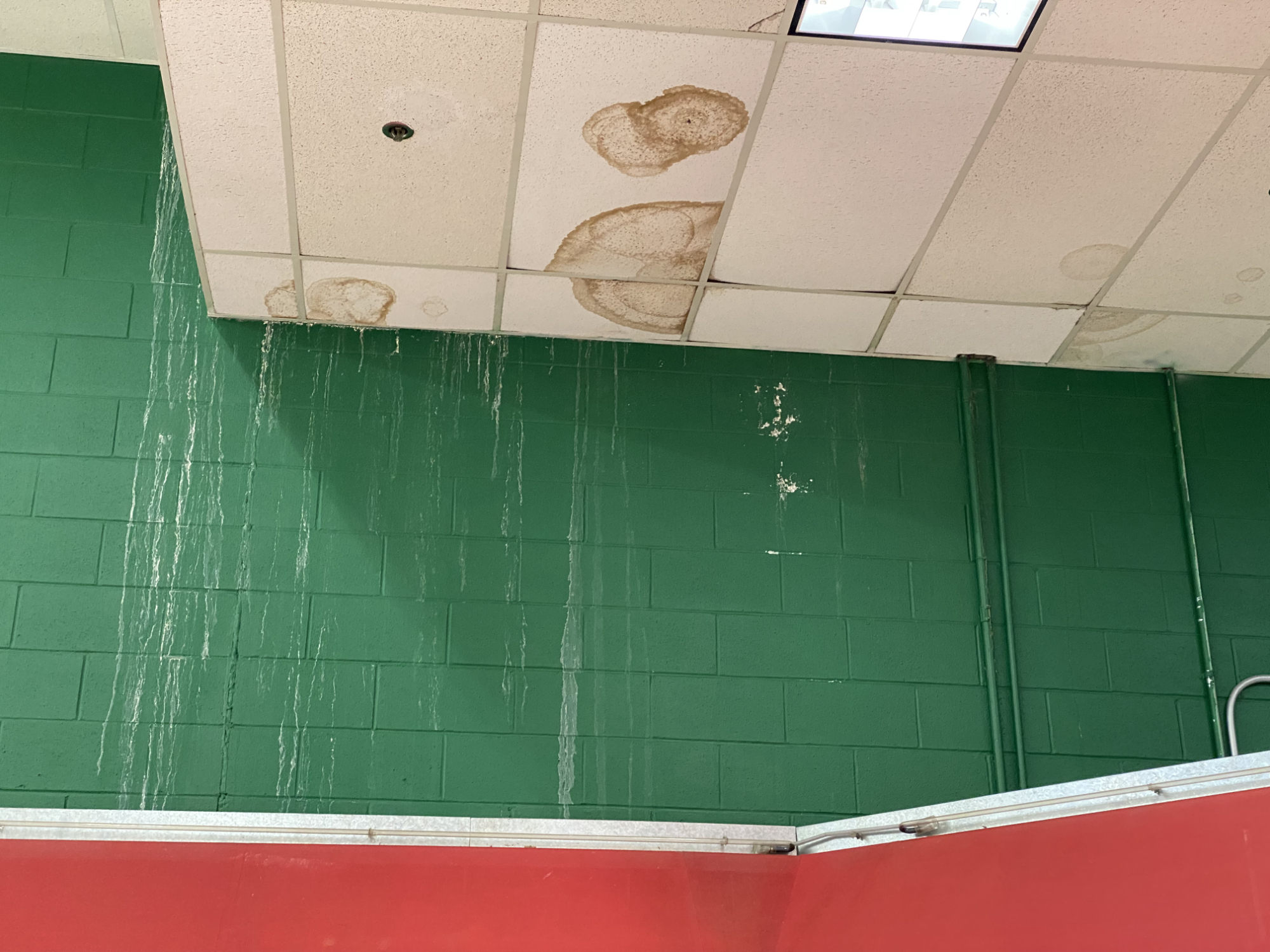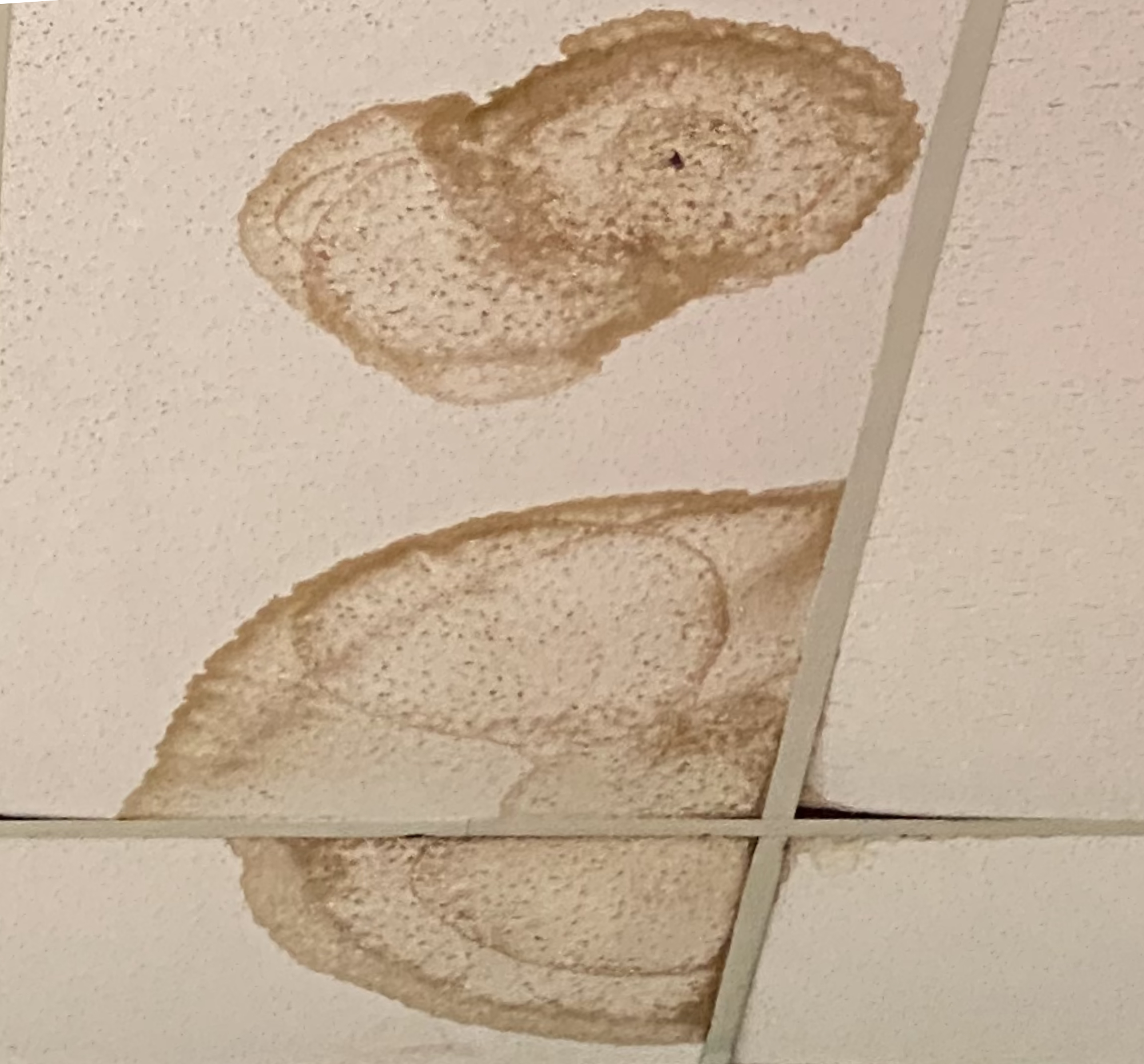
Found in the Library

Oscar Milan, Historic Preservation Critic At Large
For a serious student of architectural historical preservation, no trip to the Pacific Northwest is complete without a stop at the historic Point Roberts International Marketplace in Washington State. Located in the resort town of Point Roberts, the building calls to mind the vast warehouse groceries of the last mid-century, but with a smaller, boutique store footprint. With its bold horizontal lines, Classical symmetry, and the carefully simulated patina on the exterior walls, the Marketplace commands a special place in the hearts of the town's residents and seasonal visitors.

Local craftsman Tim Jacobs admires the effort that goes into carefully maintaining the building's verisimilitude. "Every time I go in there, it's clear that someone has gone in and touched up the stains on the ceiling tiles so they look a little more aged, a little more settled. It gives the details a feeling of authenticity, the way they seem to change over time like real stains would. And the faux water stains on the exterior walls are remarkably authentic. I've often wondered what kind of paint they use."
"To be honest," he continued, "I always hope someone there will ask me to help work on the building. It would be such an honor."


It took a team of architectural curators several months to locate and collect the antique steel product shelves that fill the store. Some had to be imported from as far away as India and Bangladesh, and a specialty metalworker was hired to re-create the last few when the procurement effort fell short. The reproductions are so meticulous it is difficult even for a trained eye to tell the difference.
The store also features a curated educational exhibit, the "Beer Cave", where shoppers can go behind the scenes to see the store from the perspective of a worker stocking the coolers. It features a rotating, curated collection of market artifacts to inspire the aspiring grocery store employees of tomorrow.


You'll find none of the pretentious wood flooring or atmospheric spot lighting here that characterizes similar stores on the local islands. The lighting is strictly old school flourescent, and the ambience is strictly utilitarian warehouse. The effect is touchingly sentimental for one who came of age in the golden age of warehouse stores and generic products, before merchants recognized that an upscale shopping experience would attract more customers.
Prices at the Marketplace are surprisingly high, but locals say they're happy to pay a premium since every penny is invested back into maintaining the authentic, nostalgic atmosphere there. Caleb Anderson, a 21 year old student of Architecture at the University of Washington, grew up in Point Roberts, and says that entering the store is like re-entering the world of his childhood. "My gramps used to take me to the store every Sunday, and he'd always buy me a Milky Way bar on the way out. Every time I walk in there now, I feel like a kid again, because it's just the same now as it was then."
Caleb paused for a moment, closed his eyes, and wiped away a tear. "I'm sorry," he said. "My gramps is no longer with us. And every time I shop there now, I buy myself a Milky Way bar on the way out. I always feel like a piece of him is still with me when I leave."
I met with Caleb at the Deli on a bright summer day, sitting at one of the plastic tables next to a floor display of Gucci handbags. Even the food selections at the Marketplace hearken back to a time before Americans expected fresh cheeses and prepared salads, olive bars, sushi, coffee shops, butchers, and bakeries in their supermarkets. The sandwich of packaged cheese on packaged bread we shared transported me back to my grade school lunch room, eating the Orowheat and Kraft Singles sandwich my mom had prepared for me. As we ate, the artfully rendered water stains on the ceilings and walls reminded us, even on that sunny day, of the moody, rainy winter days of the Pacific Northwest.


After lunch, Caleb and I spent a blissful two hours wandering around the store, admiring the discrete environmental artwork and taking in the exhibits. In the Beer Cave, we watched the store's customer through the glass cooler doors and sampled some of the merchandise. In the produce section, I picked up a package of cucumbers and was impressed to see bits of white powdered sugar sprinkled onto one end, looking convincingly like the mold of a vegetable as old as the building it resided in. On our way out, I bought Caleb a Milky Way bar, and he wiped away another tear before shaking my hand and walking away.
Surely, there can be no better testament to the emotional power of well-done historic preservation, that it can transport someone so completely to an earlier time, and touch someone so deeply. Caleb Anderson is lucky that such an inspiring piece of architectural preservation launched him on his journey, and perhaps someday, as an architect himself, he will be able to pass that gift of precious memories on to another inspired child. As local craftsman Tim Jacobs said of the Marketplace, "It's a real piece of work."
Oscar Milan is the Historic Preservation Critic At Large for Architectural Review.